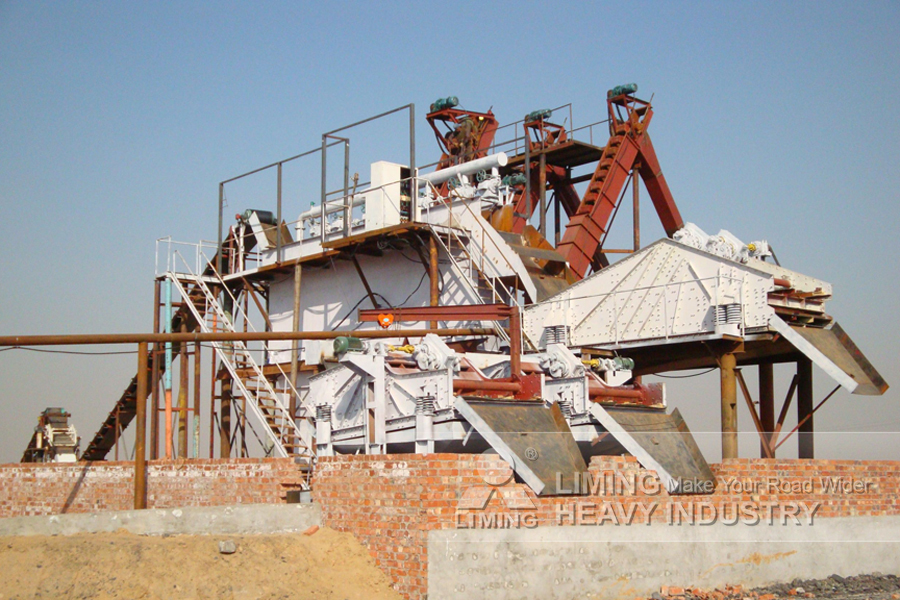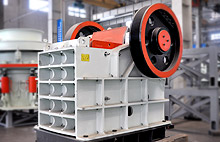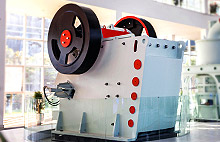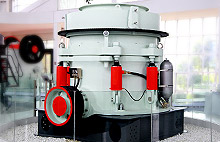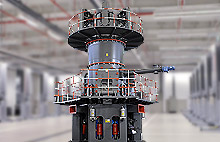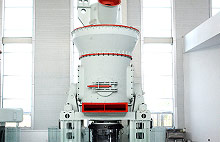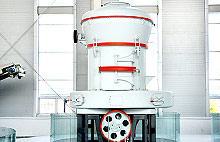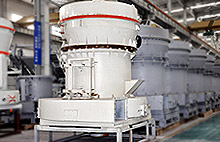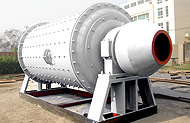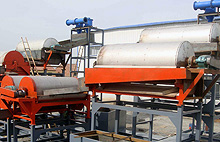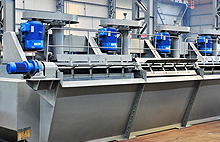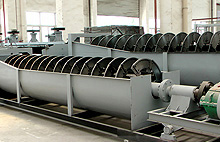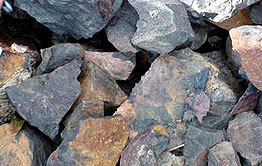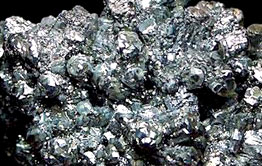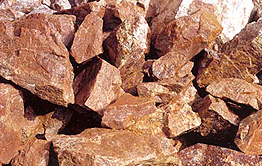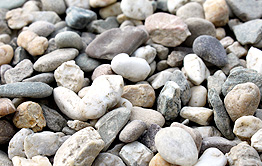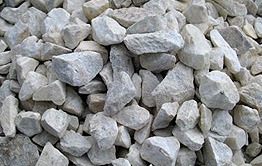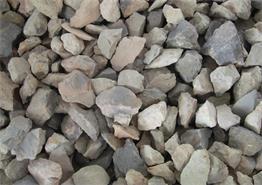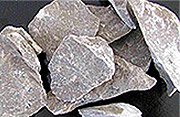1, Bubble mineralization. The ore particles are selectively attached to the bubble, which is the most basic behavior in the process of flotation. Generally the nature of the mineral is easy to float and difficult to float, which is called a mineral. Flotation is the difference of the flotation of the mineral to mineral separation. Because the flotation reagent can change the flotation of mineral, the mineral can be selectively attached to the bubble, so as to achieve the purpose of mineral processing.
2, Adjustment of pulp and flotation reagent. The purpose is to cause the difference of mineral surface properties, that is to change the wettability of mineral surface, adjust the surface of the mineral, so that some mineral particles can be attached to gas, and some can not be attached to the bubble.
3, Stir together and cause a lot of bubbles. With the help of flotation machine pneumatic stirring, causing the air diffusion pulp and the formation of large bubbles, or to dissolve in the pulp in the air to form micro saturated precipitation.
Flotation and other mineral processing methods, do a good job in the selection of raw materials to achieve the appropriate concentration of the flotation of fineness.
In the flotation process, the ups and downs of minerals and mineral density almost nothing. For example, pyrite and quartz, the density is 4.2, which is 2.68, but heavy mineral chalcopyrite is easy to float, quartz will sink to the bottom. It is found that the flotation of minerals can be related to the size of the affinity of the water trough flotation machine. And the water affinity is small, not easy to be wetted by water minerals, easy to float.


